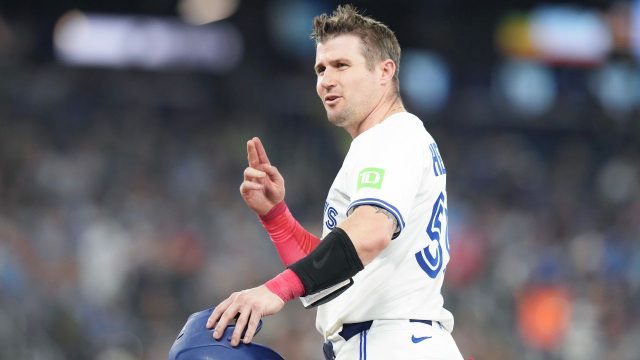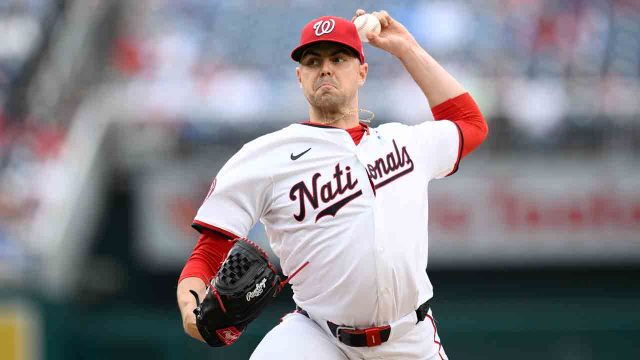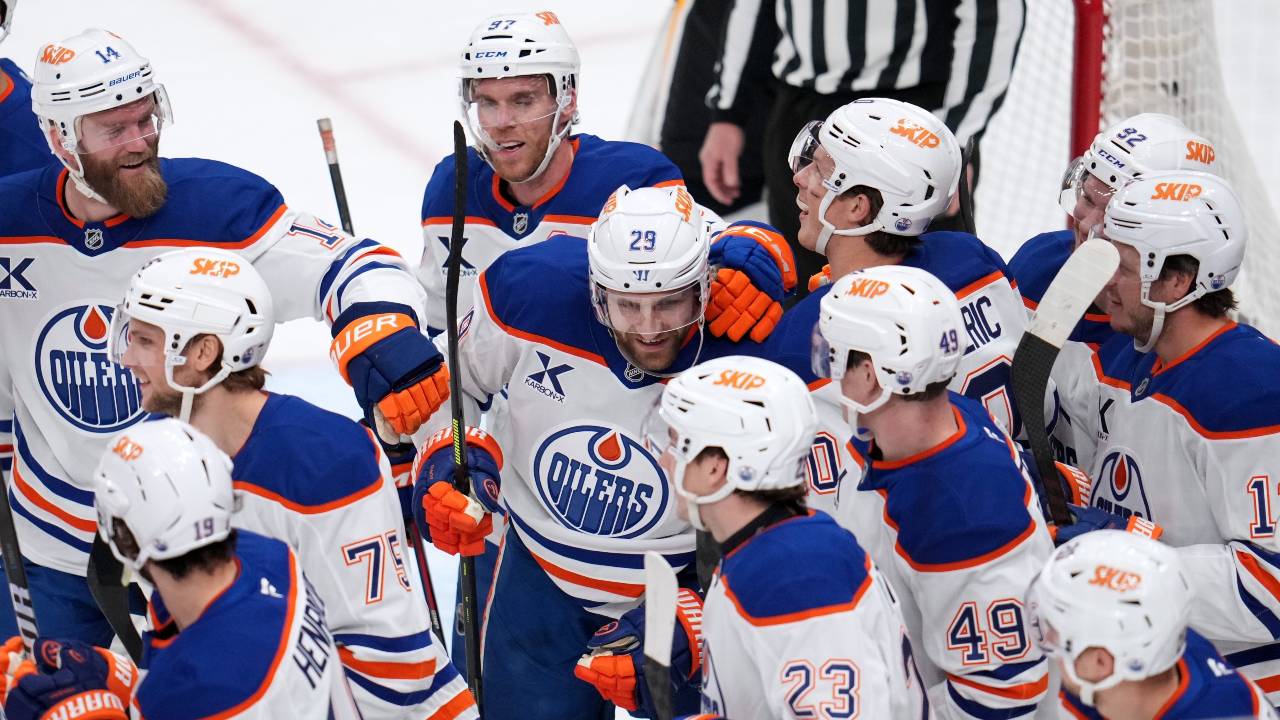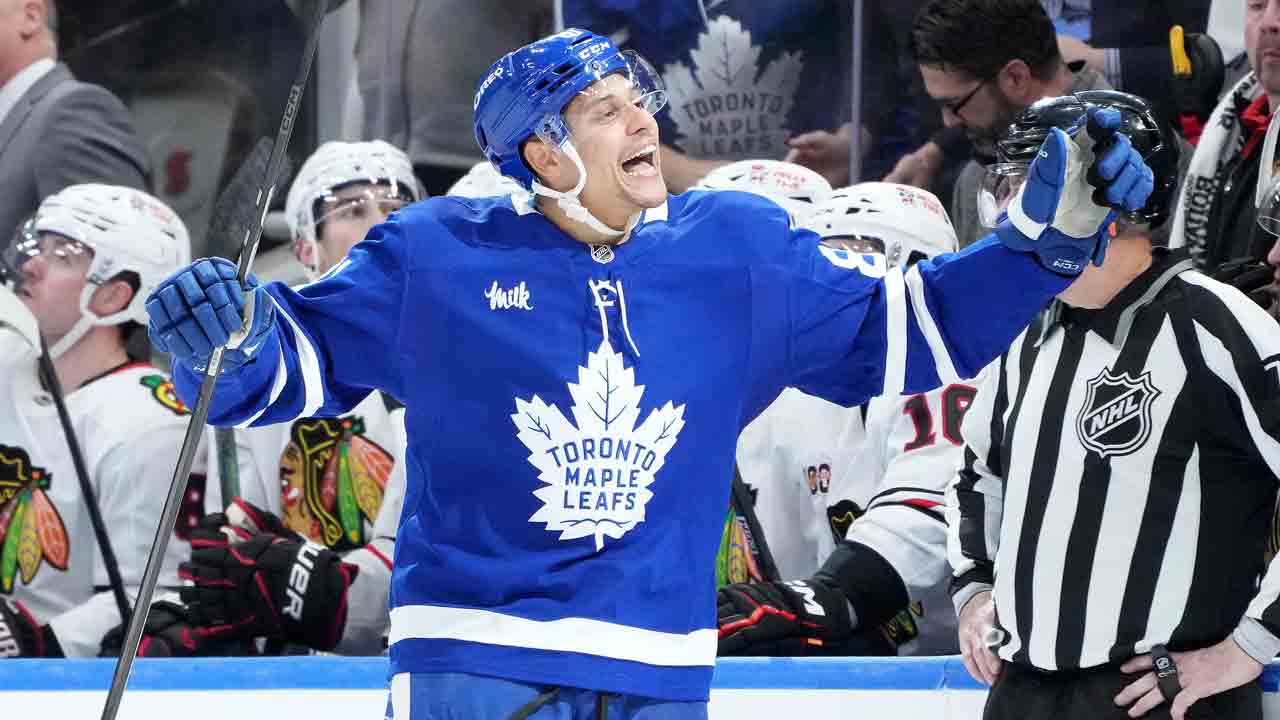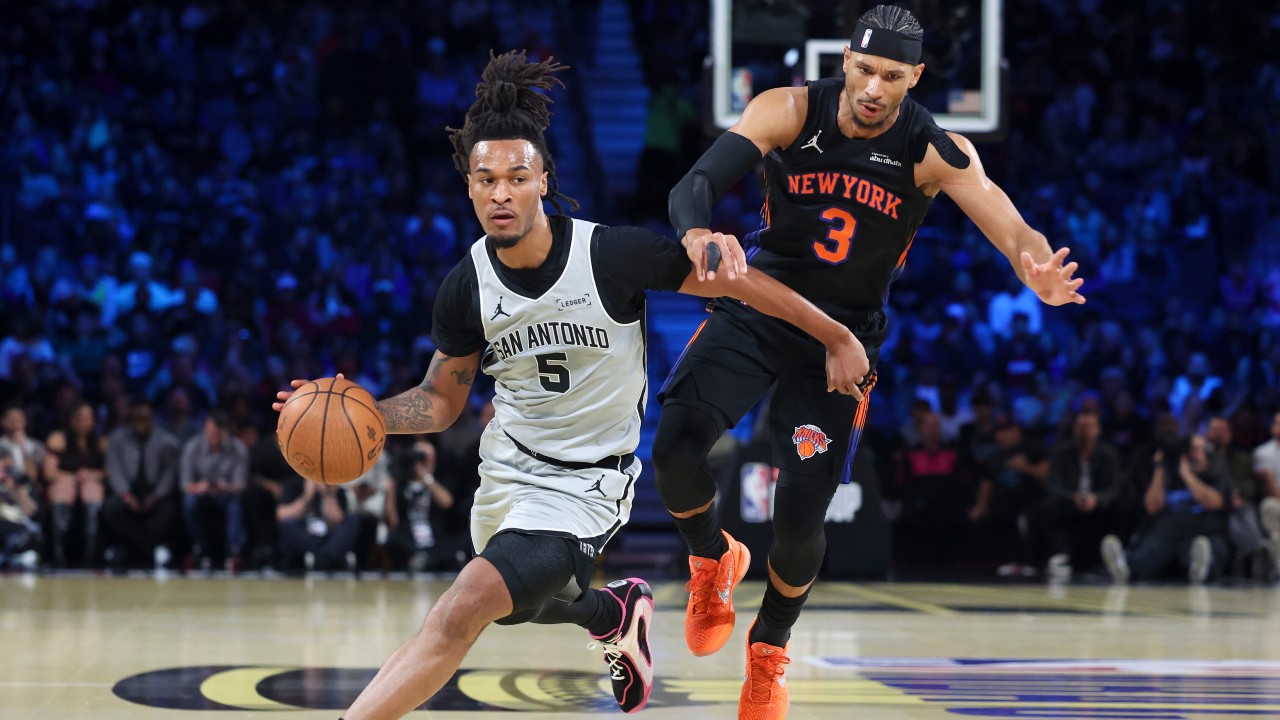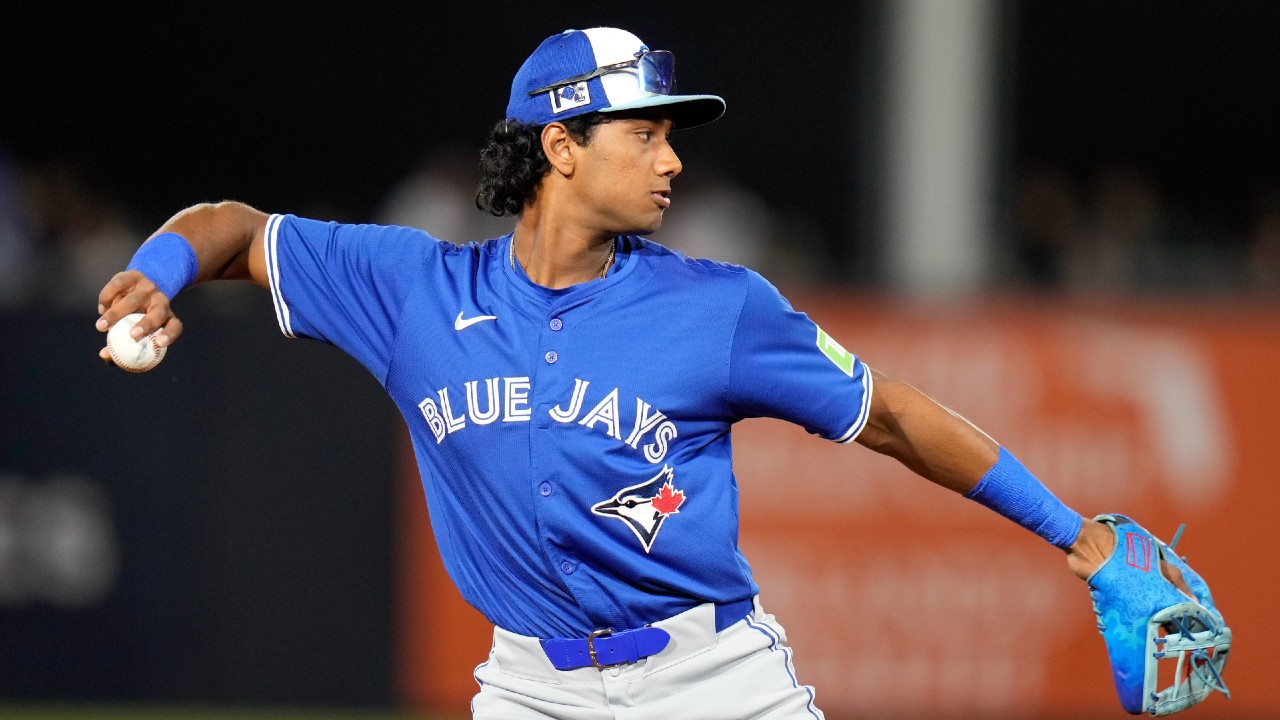
BALTIMORE – Four days to the deadline and the trade market is still taking shape, especially on the pitching side. Four notable position players – Josh Naylor, Ryan McMahon, Amed Rosario and Randal Grichuk – have already changed hands, as has reliever Gregory Soto, but among starters, the most significant transaction to this point is Seth Lugo reportedly agreeing to an extension with the Kansas City Royals, taking him out of play.
That should only make a commodity executives involved in trade talks described as scarce even more challenging to acquire, simultaneously complicating attempts to frame prices based on the first burst of trades. Prospect deals always carry an element of beauty in the eye of the beholder, and for teams to act early, they have to see something they like.
Markets are also more limited for position players since a buying team needs to have a specific need, with the target player offering a clear upgrade. Every contender, on the other hand, can improve on the pitching side, which is why sellers tend to fare better when moving arms.
Still, notable for the Toronto Blue Jays and other contenders looking for improvements is that in the returns for the players mentioned above, pitching prospects were the prime currency spent by buying clubs.
Naylor, for instance, fetched the Arizona Diamondbacks two arms from the Mariners, righty Ashton Izzi, ranked as Seattle’s No. 13 prospect by Baseball America, and lefty Brandyn Garcia, ranked 19th.
The Yankees sent lefty Griffin Herring, their No. 17 prospect according to BA, and righty Josh Grosz, both A-ball starters, to the Colorado Rockies for McMahon, while righty Clayton Beeter, their No. 23 who’s been roughed up in two big-league outings this season, and 18-year-old outfielder Browm Martínez went to Washington for Rosario.
Baltimore got righty Wellington Aracena, the Mets’ No. 28 prospect per Baseball America who’s touched 101 m.p.h., and 26-year-old double-A righty Cameron Foster. And the Royals sent Arizona righty reliever Andrew Hoffmann, who has three big-league outings, for Grichuk.
The Soto deal may be the best comp thus far for the Blue Jays, who are seeking to address their bullpen and add starting pitching in some form. With all that in mind, here’s a look at their asset base as decision time creeps closer:
Headliners
The Blue Jays’ farm system is much improved from a year ago and in the words of one rival scout, “has a lot of inventory,” but it still is not as stocked as that of fellow contenders such as the Dodgers, Red Sox, Tigers, Cubs, Mariners and Brewers. That means they aren’t likely to be a seller’s first choice when it comes to the bigger names being bandied about. Still, the progress of two of their crown jewels, shortstop Arjun Nimmala, up to No. 42 in Baseball America’s mid-season rankings, and right-hander Trey Yesavage, now No. 62, give them a couple of headliners around which to build a potential package if they decide to do some big-game deadline hunting.
Former top-100 prospect Ricky Tiedemann, the lefty recuperating from reconstructive elbow surgery, is another high-end but off-peak possibility. Whether the Blue Jays would part with them depends on the potential impact and amount of control on a returning player – at the 2021 deadline, they sent then top-100 prospects Auston Martin and Simeon Woods Richardson to the Twins for a season-and-a-half of Jose Berrios – and, of course, on how other teams value the trio. With pitching prices still muddied by the number of bubble teams yet to pick a lane and the trial-ballooning of controllable arms to see if they can find a grand-slam deal, the true intentions of buying and selling teams remain tough to read.
Young pitching
As noted, pitching is always strong currency and in Baseball America’s mid-season update, 16 of the Blue Jays’ top-30 prospects were pitchers. Five of them – Yesavage, Tiedemann, Khal Stephen, Gage Stanifer and Johnny King – are in their top 10 and six more (Kendry Rojas, Landen Maroudis, Jake Bloss, Juaron Watts-Brown, Ryan Jennings and Brandon Barriera) were in the 11-20 range. Caveat this with one team’s prospect is another’s suspect, but relative to the pricing thus far, that should give the Blue Jays plenty to work with. Now, Tiedemann, Maroudis, Bloss and Barriera are at various stages of recovery post-reconstructive elbow surgery, so valuing them fairly is difficult both ways. The Blue Jays will, obviously, need to weigh how much they can sacrifice here without depleting their stock of arms too far – productive farm systems depend on volume – but some rival clubs have targeted this group of players, underlining the appeal here.
MLB-ready options
This is an area of depth, perhaps even of surplus, that the Blue Jays can use to tempt selling clubs searching for players who can immediately, or in the very near future, step onto a big-league roster. The outfield portfolio, in particular, is deep, with Joey Loperfido, Alan Roden and Jonatan Clase, three players who are either in and have been in the majors this season, and Yohendrick Pinango and R.J. Schreck – like Loperfido, acquired at last year’s deadline sell-off – making progress at triple-A Buffalo. In the infield, Will Wagner and Leo Jimenez are both currently in the majors in part-time roles, while Josh Kasevich, a gifted defender who’d been making strides at the plate with triple-A Buffalo before a stress reaction in his back and fractured right wrist sidelined him this spring, has resumed playing in the Florida Complex League. And though the Blue Jays will be loath to sacrifice from their pitching depth in this player grouping, Lazardo Estrada and Adam Macko might interest some clubs, as well.
Wild card
Once viewed as the Blue Jays’ best position-player prospect, Orelvis Martinez has lost the top-100 prospect status he had seemed to cement last season with a strong opening at Buffalo, derailed by his 80-game suspension for violating baseball’s performance-enhancing drug policy. This season, he’s gone further backwards, batting .193/.291/.369 with 11 homers in 78 games, still doesn’t have a position in the field and will be out of options next year, limiting his runway. Still, he possesses tremendous raw power, a rare commodity that’s always in demand, and is only 23, which makes him an interesting wild card for a seller with playing time for young players.
On-the-rise
Centre-fielder Victor Arias (promoted from high-A Vancouver to double-A New Hampshire), catcher Edward Duran (low-A Dunedin to Vancouver) and infielder/outfielder Sam Shaw (Dunedin to Vancouver) are among the players bumped up a level after the all-star break, following strong opening halves of the season. Their progress is important not only because it raises their own value, but also creates opportunity for subtraction elsewhere in the system.
Financial flexibility
For some selling clubs, clearing payroll is as much, if not more of a priority than getting the best possible prospect back, creating opportunity for teams capable of taking on money. The Blue Jays can absorb dollars, an asset they used twice during the off-season in deals with Cleveland, first getting Andres Gimenez and later adding international bonus pool room by taking on Myles Straw, and during previous deadlines. That’s especially notable since FanGraphs’ RosterResource projects their payroll at $278 million for Competitive Balance Tax purposes, a mere $3 million away from the third luxury-tax threshold. After ducking under the CBT line last year, the Blue Jays are currently in for a 20 per cent hit on all overages above $241 million, with an additional 12 per cent surcharge on overages from $20 million to $40 million. Overages of $40 million to $60 million – the third threshold – face a 42.5 per cent surcharge with the first pick in next year’s draft moved back 10 spots. None of that will stand in the Blue Jays’ way, a major advantage at this time of year.


